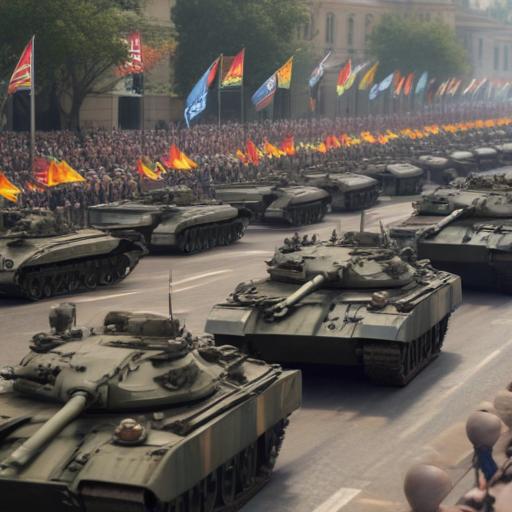As Russia prepares for its annual May 9 Victory Day parade, the significance of this year’s event is heightened amid rising tensions and security threats from Ukraine. Traditionally a display of military might and national pride commemorating the Soviet victory over Nazi Germany, the parade faces a backdrop of potential drone attacks that have already disrupted flights in Moscow, instilling anxiety in the capital.
A notable aspect of this year’s celebration is the attendance of foreign leaders, including Chinese President Xi Jinping and Brazilian President Luiz Inácio Lula da Silva, among others, signifying Russia’s attempts to project strength on the global stage. However, the ceremony is ensnared in anxiety as local parades in Crimea have been canceled due to security issues, highlighting the precarious situation on the ground.
President Vladimir Putin is expected to showcase modern military hardware, including intercontinental ballistic missile launchers, while tens of thousands of citizens are anticipated to show their support. Yet, the looming presence of Ukrainian drone operators poses a stark reminder of the ongoing conflict, as Ukrainian President Volodymyr Zelensky issues warnings about further attacks.
In this context, the Kremlin’s narrative seeks to emphasize unity and resilience amid challenges, as evidenced by recent attempts to engage international relations, notably with strategic partners like China. While the presence of foreign dignitaries is meant to bolster Russia’s stance, it also reflects a careful balance as the country navigates its complex geopolitical landscape amid uncertainties regarding its military operations.
In a broader view, although the celebrations may proceed, the realities of the conflict, with rising casualties and an unstable economic outlook exacerbated by falling oil prices, cast a shadow over the festivities. Nevertheless, the parade stands as a symbol of national pride, even as the road ahead remains fraught with difficulty and uncertainty.
